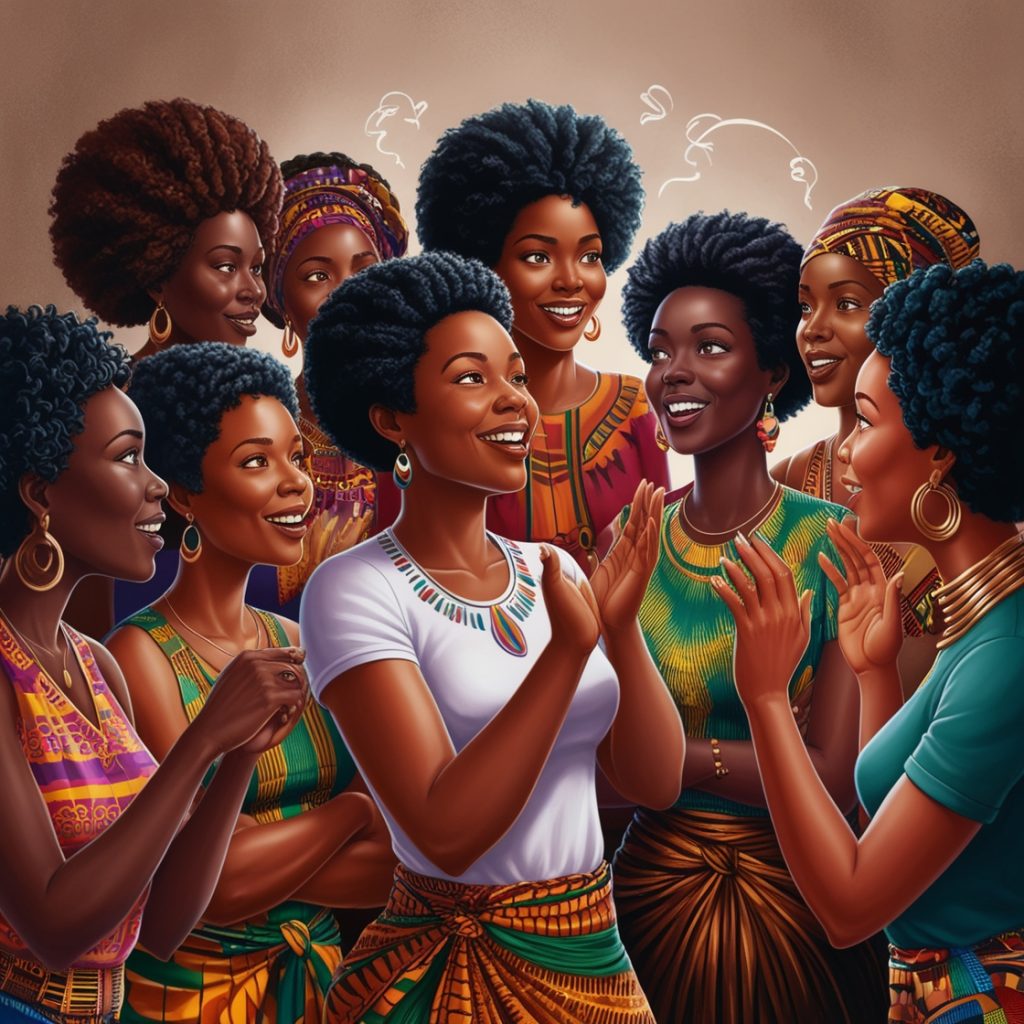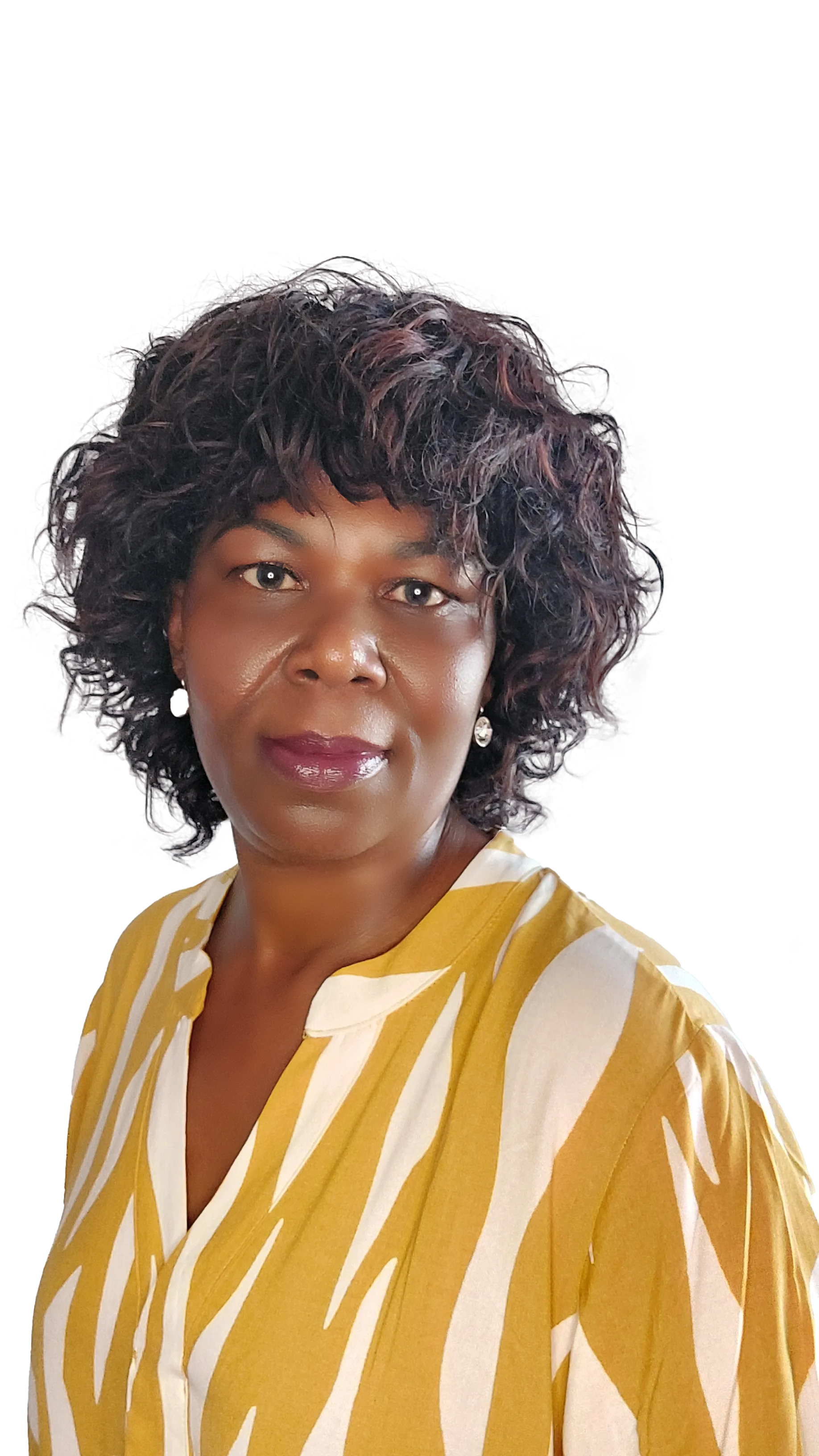
If you’ve ever been to a church service, a jazz concert, or even a hip-hop show, you’ve likely encountered the dynamic, energizing force of call and response. This powerful musical tradition has its origins deeply rooted in African culture and has traveled far and wide, becoming a cornerstone of African American music and a key feature in today’s popular genres. Black women, especially, have been central to carrying this cultural legacy forward, whether in gospel choirs, jazz improvisation, or contemporary R&B.
This musical form became a foundation for genres like gospel, blues, and soul music that expressed African American experiences and struggles for freedom.
But how did call and response make its way from the villages of Africa to the stages of America? And why does it continue to resonate so deeply in our music today? Let’s break it down.
Roots in African Traditions
The African art of call and response has been a fundamental part of African music and culture for centuries, and it continues to shape African American music to this day. This interactive form of music, where a leader sings or plays a phrase (the “call”) and the group responds with a repeated phrase (the “response”), traveled with enslaved Africans to the Americas. It has since influenced genres such as gospel, blues, jazz, hip-hop, and even modern pop music.
In African communities, call and response is used in many contexts, including work songs, religious rituals, and storytelling.
This creates a sense of unity, where the individual and community work together to produce a musical dialogue. This tradition can be found in various parts of Africa, from West Africa’s Griot storytelling traditions to communal farming and fishing songs across the continent.
Example: Work Songs
In many African societies, songs were used to coordinate group activities like farming or rowing. One person would sing the call often a rhythmic phrase, question, or exhortation and the group would respond in unison. This not only made labor easier but also reinforced a sense of collective identity.
Call and response played a crucial role in work songs and field hollers during slavery, allowing enslaved people to communicate, coordinate labor, and maintain their spirits under oppressive conditions.
From Africa to the Diaspora: The Journey of Call and Response
During the brutal transatlantic slave trade, enslaved Africans carried their cultural traditions with them, including the tradition of call and response. Despite the horrors and dehumanization of slavery, Africans in the Americas found ways to maintain a sense of community, resistance, and cultural identity through music.
Call and response allowed for covert communication, emotional expression, and the preservation of cultural identity.
One of the most poignant ways call and response manifested in the New World was in the field songs or “hollers” of enslaved people. As they worked the plantations, they would use call and response to communicate, express their suffering, and, most importantly, resist. For example, a leader might sing out, “Oh, Lord, how long will this go on?” with the rest responding in unison, creating a powerful collective lament and prayer for freedom.
Example: Spirituals and Gospel
Enslaved Africans adapted call and response into spirituals, which laid the foundation for American gospel music. These songs often had a religious theme and served as a form of resistance. For instance, a leader might sing a phrase like “I’m on my way to freedom,” and the group would respond, reinforcing the message of hope and perseverance.
One famous example is the spiritual “Swing Low, Sweet Chariot.” The leader sings the main line (“Swing low, sweet chariot, coming for to carry me home”), and the group responds by repeating or harmonizing, creating a deeply emotional and communal experience.

Call and Response in Music: A Communal Exchange
The beauty of call and response is that it’s not just a conversation; it’s a musical dialogue, one that involves both individual expression and collective participation.
It’s where we see music not just as a performance but as a shared experience. And Black women have always been at the heart of this, using their voices to lead, inspire, and respond.
The Adoption of Call and Response into African American Music
As African American music evolved, call and response continued to be a central feature, particularly in spirituals and gospel music. Black women, often the leaders of church choirs, have carried this tradition with such grace and strength. I remember my own grandmother, a force of nature in her community, leading traditional music group, where she would call out with her strong, melodic voice, and we would all respond with a thunderous echo. The feeling was electric, the connection instant.
Call and Response in Blues and Jazz
In the early 20th century, as African American music evolved into blues and jazz, call and response found a new home. Blues musicians often used this technique within the structure of their songs. In a classic blues pattern, the first line (the call) is repeated, followed by a contrasting third line (the response). For instance, in Bessie Smith’s blues classic, you can hear this conversational back-and-forth, where her powerful voice lays down the call, and the instrumental or vocal response follows with emotion and rhythm.
Jazz, too, embraced call and response in a profound way, especially through improvisation. Think of the great jazz musicians like Ella Fitzgerald, where the horns would call with a riff, and she would respond with her scatting each feeding off the other’s energy. The dialogue created by call and response in jazz improvisation is nothing short of musical magic.
Call and Response in Contemporary Music
Fast forward to today, and call and response is still alive and well in contemporary music. Hip-hop, in particular, has taken this form to new heights. Whether it’s a rapper calling out to the audience and receiving an immediate response or two MCs trading verses, call and response is deeply embedded in the genre. Picture a live concert where the artist shouts, “Throw your hands in the air!” and the crowd responds in kind pure call and response energy.
Even in R&B, the back-and-forth interaction remains central. In songs like Destiny’s Child’s “Say My Name,” you hear Beyoncé’s powerful lead vocal acting as the call, while the backup singers provide the response, layering the song with a harmonic conversation.
This technique continues to create the intimate, soulful sound that R&B is known for.
Scientific Proof: Call and Response Builds Connection
There’s even scientific evidence to support the idea that call and response fosters deeper social bonds. Studies in neuroscience suggest that synchronized activities, like singing in unison or participating in call and response, activate the brain’s reward system and increase feelings of connection between individuals. It’s no wonder this musical tradition has endured for centuries—its ability to unite people is deeply ingrained in our very biology.
A Living Legacy for Black Women
From African villages to American stages, call and response remains one of the most profound musical legacies passed down through the generations.
For Black women, in particular, it has been a way to lead, engage, and connect with their communities. Whether it’s through gospel choirs, jazz improvisation, or contemporary R&B, Black women have been at the forefront of keeping this tradition alive.
In a world that often tries to silence us, call and response gives us a voice—one that demands to be heard and celebrated. So, next time you find yourself at a concert or in church, and you hear that call, don’t be afraid to respond. Because that’s where the magic happens in the connection, the conversation, and the music we create together.


